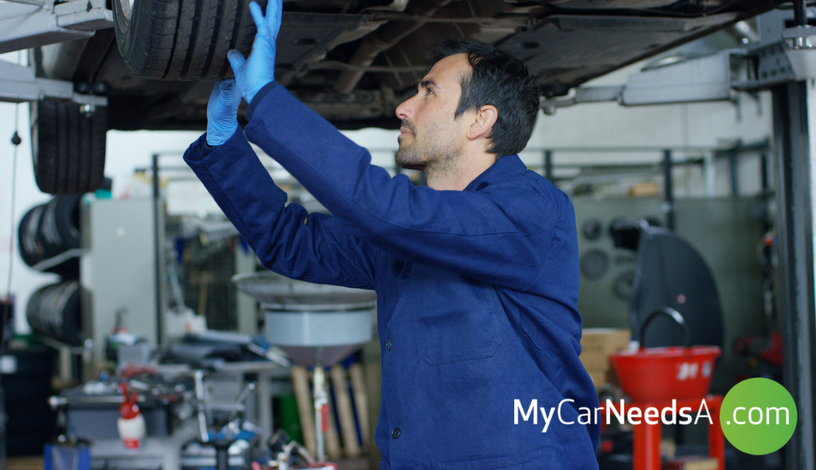Jan 26, 2021

What is a Pre-MOT Check?
Back in 2018, the rules for MOT changed and caused many problems for drivers - and still do today! Problems were raised because a new ‘dangerous’ fault category was introduced, which included faults such as tyre tread being below the legal requirement of 1.6mm. This left drivers restricted in the choice of where and when they could get the vehicle repaired as they aren’t able to drive away to get any repairs.
The answer to all MOT issues is something called a ‘pre-MOT check’ which can help ensure your vehicle meets the MOT standards.
What is a Pre-MOT Checklist?
Vehicles can fail MOT tests for a number of reasons, this is why it’s a good idea to prepare a checklist a few weeks before the test to make sure your car is in the best possible condition by the time it is inspected. Many of the common MOT failures can be easily tested at home, so if you assess these in advance you can increase the chance of passing.
Here is everything to can include in your pre-MOT check:
Lights
All lights need to be in working order, including your headlights, indicators, brake lights, number plate light and sidelights. You can get help from a friend or family member to assist you when checking those lights at the back.
Tyres
Your tyres need to be properly inflated to the recommended tyre pressure in your handbook and have a minimum of 1.6mm tread around the whole tyre. If you’re going to be checking your tyre tread depth, you can carry out the 20p test to spot any unusual wear.
Exhaust
You want to listen out for any excessive noise or rattling when your vehicle is running as this could be a sign of problems with the exhaust system. Look out for any smoke coming from the exhaust, this is normal on start up for diesel engines, but excessive smoke can indicate a problem. Similarly, oil leaking or fuel leaking from the exhaust means there could be a more serious problem.
Windscreen and Wipers
If you have a chip or crack in your windscreen that is larger than 40mm, you will fail your MOT. If there is any damage on the driver side, the allowance is even smaller. When you’re checking over your windscreen for faults, it’s important to check the wipers and washer fluid. Ensure there are no smears or streaks when clearing the windows and have your washer fluid topped up!
Fluid levels
It’s important that you have enough fuel and oil levels for the tester to carry out the emission tests.
Brakes
One of the most important checks is on your brakes. If your car is pulling to one side when applying the brakes or squealing, this suggests that there is a more serious problem. Check for excessive wear of pads or pitted discs as this is a sign you need to have them replaced. Handbrake also needs to be strong to hold your car stationary, especially on an incline. If it feels loose, it will need to be tightened by a garage.
Cabin checks
The final checks you want to cover are on in your car’s cabin, such as seatbelts being in working order and reacting by locking when pulling sharply. Your horn needs to be heard by another user and this will also be checked on the day. If there are any warning lights on the dashboard, they need to all light up when you start the car and go out before you start driving. If any lights are still lit, then you should fix the errors before your test.
Do you need to have your car checked over by a mechanic before heading to your MOT test? MyCarNeedsA.com can help! Get your quotes from reputable mechanics in the area today! Get your quotes today!